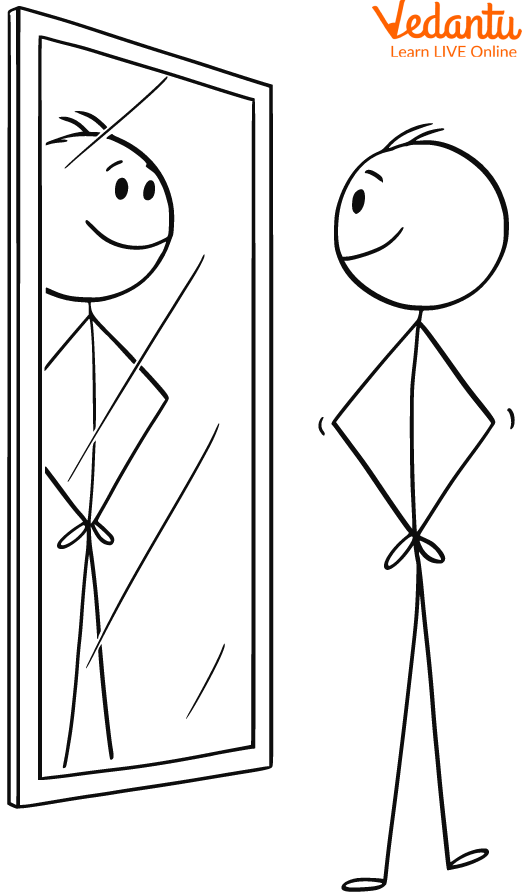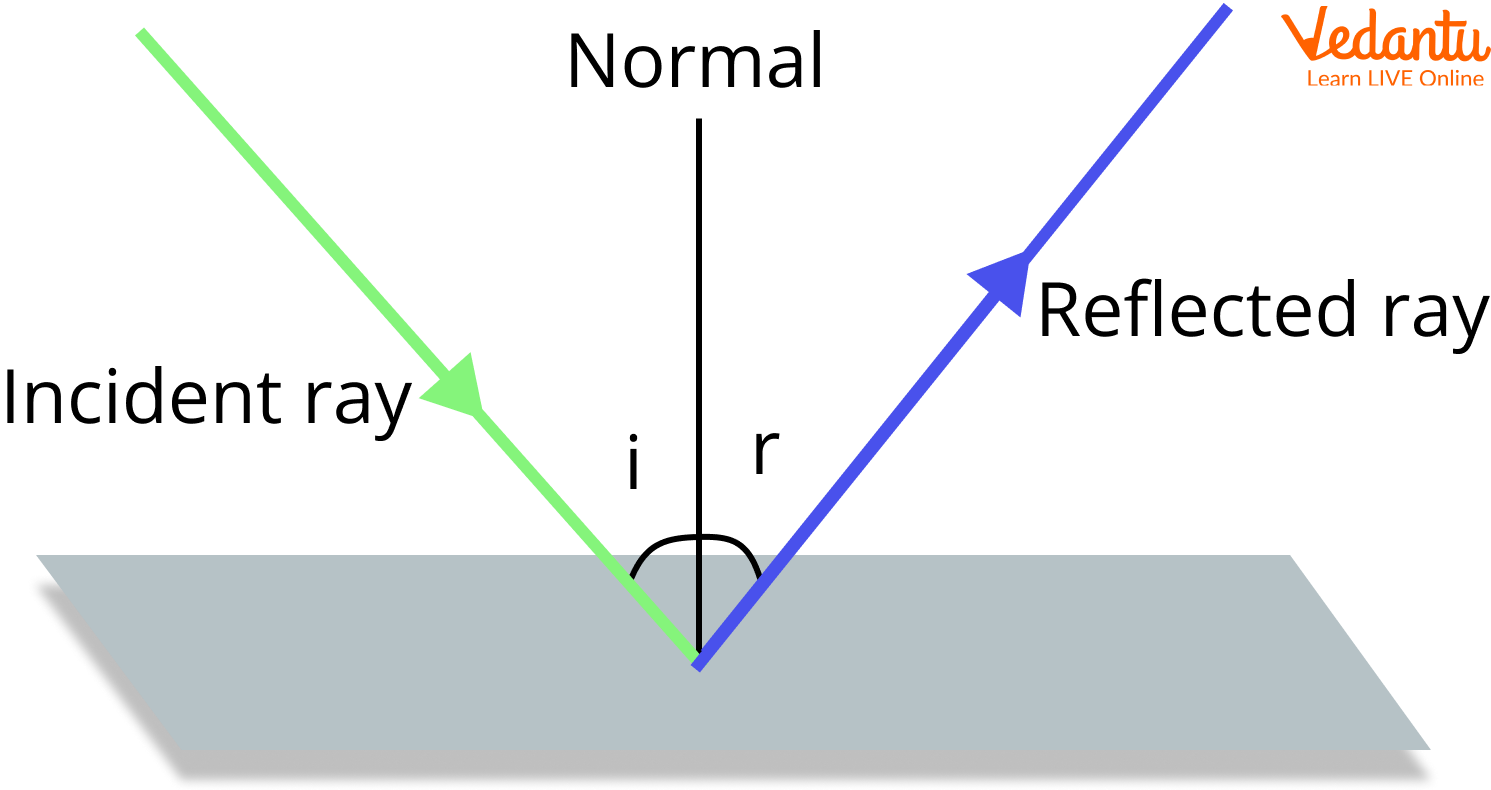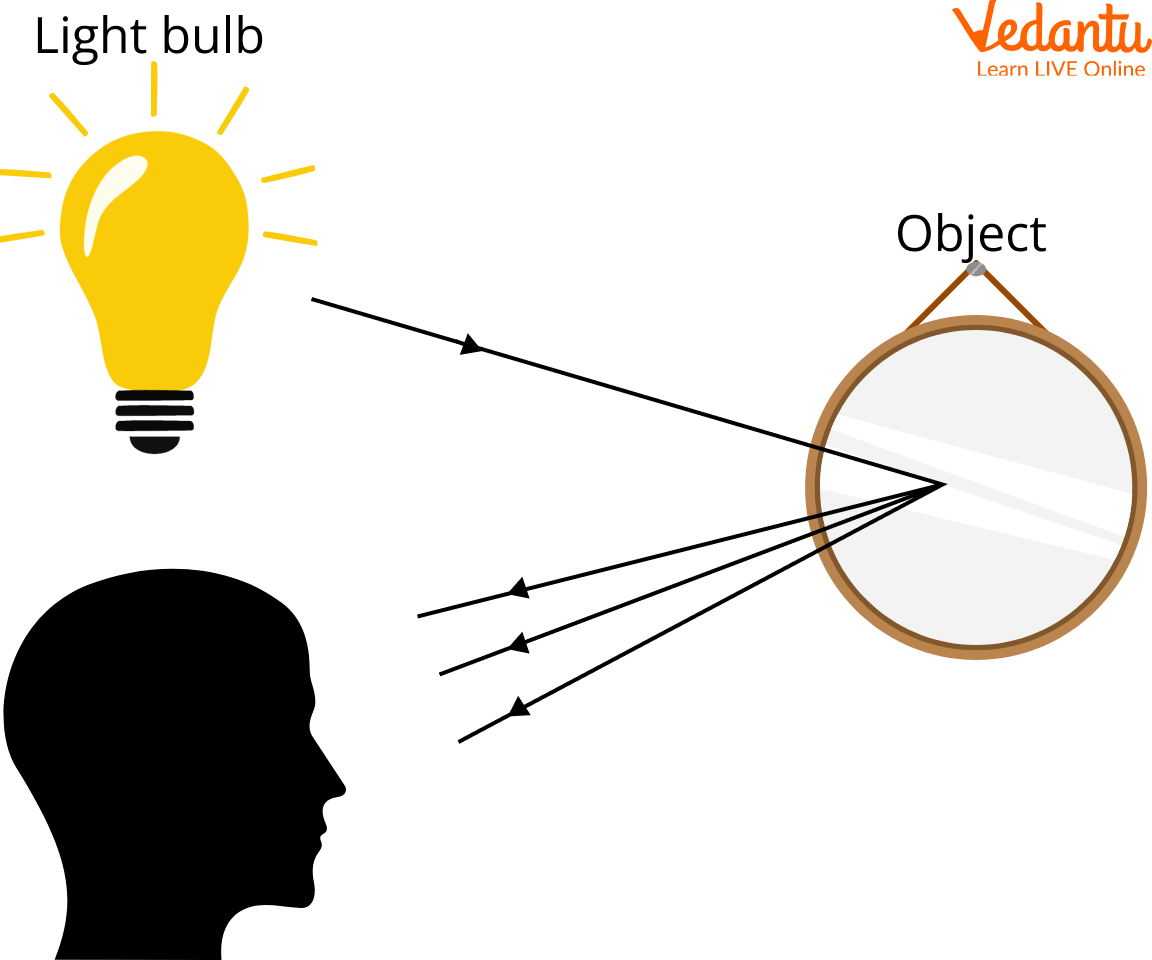




Why Are Reflecting Mirrors Important in Everyday Life?
Everywhere you go, you witness reflected and mirrored pictures. You are surrounded by reflections, from our own reflections in the bathroom mirror or a shop window to the reflections of nature on a still lake or in our car's rear-view or side mirrors. For all of us, especially youngsters, mirrors and reflections can arouse curiosity, fascination, and discovery.

Reflection
You'll probably remember baby's surprised expressions when they recognize themselves in the mirror, toddler's wonder and concentration as they examine the details of their facial expressions, or pre-schoolers' happy giggles as they dress up and march past the mirror in their fancy and creative costumes. Mirrors and the reflections they produce can provide hours of entertainment, intrigue, investigation, and exploration, as well as a wealth of educational opportunities.
You’ll gather more information on reflection, and reflective mirrors in this.
What is a Mirror?
A mirror, sometimes known as a looking glass, is an object that reflects light. Mirrors reflect light in an equal but opposite direction, reversing the direction of the image. A wave reflector is a mirror. Because light reflected from an object falls on the mirror and is mirrored, an image can be seen in it. As a result, light reflected off any smooth glossy surface, such as a mirror, returns to the same medium. The bouncing of light off any smooth surface is referred to as reflection.
The Activity of Reflecting Mirrors
This activity should be carried out at night or in a dimly lit environment. Request that one of your buddies hold a mirror in one of the room's corners. With a torch in your hand, stand in another corner. Cover the torch's glass with your fingers and turn it on. To get a beam of light, adjust your fingers with a slight gap between them. The torchlight should be directed at the mirror that your friend is carrying. Is there a sliver of light on the opposite side?
Now, adjust the direction of the torch so that the patch of light falls on another friend standing in the room. This activity suggests that a mirror changes the direction of light that falls on it.
How do Mirrors Reflect?
Mirrors reflect nearly all of the light that strikes them. The reflection is caused by the metallic coating on the rear. Your body reflects patterns of light to the mirror when you stand in front of it. Those light patterns bounce off the mirror and return to your eyes.

Reflection of Light
What are Reflective Mirrors?
When light passes through one material and bounces off another, it is called reflection and this mirror is known as a Reflective mirror. The reflected light follows the same path as the original light but in the opposite direction. The light is reflected from the surface at the exact angle that it strikes it. The incidence angle is the same as the reflection angle.

Reflective Mirror
What are the Mirrors Made Out of?
The most common mirrors are made out of a transparent glass plate with a thin reflective layer on the back (the side facing the incident and reflected light) that is protected against abrasion, tarnishing, and corrosion by a coating.
How does the Mirror Work?
The most common way to make a mirror is to apply a reflective coating, such as silver, to flat glass. Because of its flat surface and stiffness, glass provides a stable foundation for mirrors. It's also quite simple to make.
The glass used must be perfectly polished and free of flaws. Curved mirrors are made using unique techniques.

How does The Mirror Work?
The first step is to cut the glass to the desired form and size, which varies widely depending on the use. The reflective coating is applied in an evaporator, or huge vacuum chamber, once the glass is the perfect shape, size, and smoothness. The metal is heated to the point when it evaporates and leaves a coating on the glass.
Summary
Flat-surface reflections are rather simple to comprehend. The distance between the viewer's eyes and the "other side" of the mirror appears to be the same for a reflection. In addition, light reflected from a mirror bounces back at the same angle in the opposite direction it came from.
FAQs on Reflecting Mirrors: How They Work and Why They Matter
1. What is a reflecting mirror?
A reflecting mirror is a surface, usually glass coated with a metallic layer, that reflects light to form a clear image. When light rays strike its smooth and polished surface, they bounce off in a predictable way according to the law of reflection. This property allows mirrors to create a representation of objects placed in front of them.
2. What is reflection of light?
Reflection of light is the phenomenon where light rays bounce back into the same medium after striking a surface. On a smooth, polished surface like a mirror, this process is called regular or specular reflection. In regular reflection, parallel light rays striking the surface are reflected as a parallel beam, which is essential for forming a clear, sharp image.
3. What are the main types of reflecting mirrors as per the Class 7 syllabus?
As per the syllabus, reflecting mirrors are primarily categorised into two main types:
- Plane Mirrors: These mirrors have a completely flat reflecting surface.
- Spherical Mirrors: These are mirrors with a curved reflecting surface that is part of a sphere. They are further divided into:
- Concave Mirrors: The reflecting surface is curved inwards, like the inside of a spoon.
- Convex Mirrors: The reflecting surface bulges outwards, like the back of a spoon.
4. What are the characteristics of an image formed by a plane mirror?
An image formed by a plane mirror has several distinct characteristics:
- The image is virtual, meaning it cannot be projected onto a screen.
- It is erect, or upright, the same way up as the object.
- The image size is the same as the object size.
- The image is formed at the same distance behind the mirror as the object is in front of it.
- It is laterally inverted, which means the left side of the object appears as the right side in the image.
5. What is the difference between a real and a virtual image?
The key difference between a real and a virtual image lies in how they are formed and if they can be displayed on a screen.
- A real image is formed where light rays actually converge or meet after reflection. It can be captured on a screen (like a cinema screen) and is always inverted.
- A virtual image is formed where light rays only appear to meet after reflection. It cannot be captured on a screen and is always erect.
6. Why does a concave mirror and a convex mirror reflect light differently?
The difference in reflection is due to their curved surfaces. A concave mirror has an inwardly curved surface that causes parallel light rays to converge, or come together, at a single point called the focal point. In contrast, a convex mirror has an outwardly curved surface that causes parallel light rays to diverge, or spread out, as if they are coming from a focal point behind the mirror.
7. Can a mirror form an image that is larger than the object? If so, which type?
Yes, an image can be formed that is larger than the object. This is a property of a concave mirror. When an object is placed very close to a concave mirror (between its pole and focal point), the mirror acts as a magnifier, producing a virtual, erect, and enlarged image. This is why concave mirrors are used as shaving mirrors or makeup mirrors.
8. Why is the word 'AMBULANCE' written backwards on the front of emergency vehicles?
The word 'AMBULANCE' is written in reverse because of a property of plane mirrors called lateral inversion. When a driver looks in their car's rearview mirror (which is a plane mirror), the laterally inverted text 'ƎƆИA⅃UᗺMA' is flipped back to read correctly as 'AMBULANCE'. This allows drivers to quickly identify the emergency vehicle behind them and give way.









